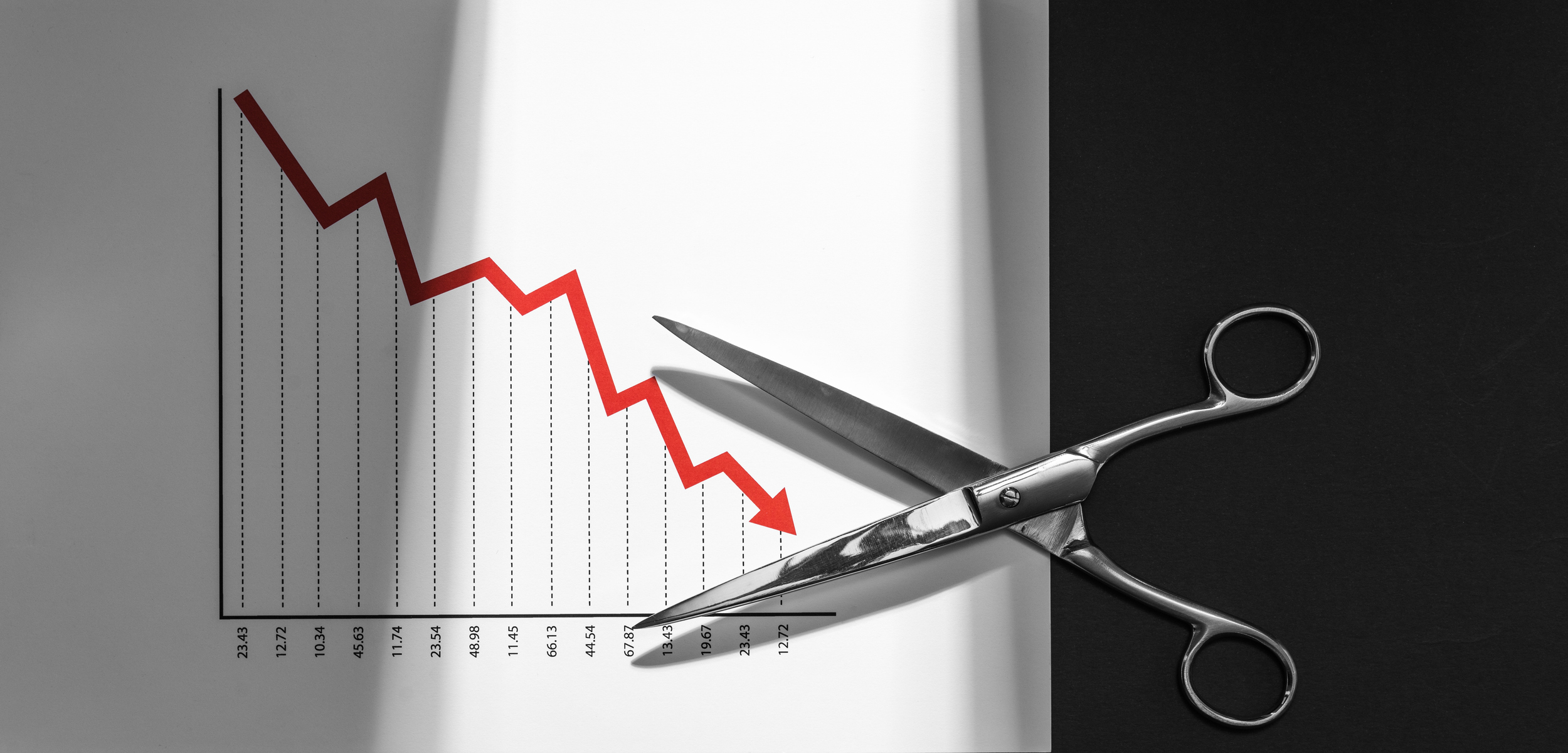![]() Download the full Policy Brief.
Download the full Policy Brief.
Key Findings
- The legislature increased school funding from $13.54 billion in 2011-13 to $18.2 billion in 2015-17, a 34 percent increase, while inflation rose by eight percent.
- During this period of time, the number of state-rated failing schools increased, from 168 schools to 365 schools.
- An objective federal standard, the NAEP assessment, shows more money has not improved student learning in Washington.
- $88 million in federal School Improvement Grants to 41 of Washington’s lowest-performing schools failed to improve student learning.
- Massive spending in Kansas City, Missouri, and in New Jersey did not improve student learning.
- Adding large increases in public funding to a bureaucratic and unwieldy education system prevents innovation, flexibility, and professional creativity in the way students are taught.
- Washington state’s experience shows that adding large spending increases to an unreformed district-based system has not resulted in better learning outcomes for students.
- Equipping and trusting individual families with school choice is the best way to help students find a quality school, so every child learns.
Introduction
Labor union executives and school administrators often argue that spending more money on public schools will improve the education of children. This policy position coincides with the interests of the advocates themselves, by enhancing the budgets and influence respectively of their unions and public agencies.
This study separates out the question of how much increases in public education spending benefit the organizations and careers of those who press for this policy direction. It does not seek to examine the intentions or motivations of advocates or public officials who press for larger education budgets.
Instead, the intent of this study is to examine the objective and measurable learning effects of a policy of increasing public school funding, in particular the recent and dramatic increases in spending for K-12 schools enacted by the legislature in Washington state.
In the sections following, this study summarizes the claim that higher education spending improves learning outcomes for children. It then presents objective, nationally-recognized methods for measuring student learning, and describes the rate of spending increases as reported in state budgets over an eight-year period.
Finally, this study assesses to what extent, if any, the claimed link between increases in public spending and improved outcomes for children is valid.
![]() Download the full Policy Brief.
Download the full Policy Brief.



